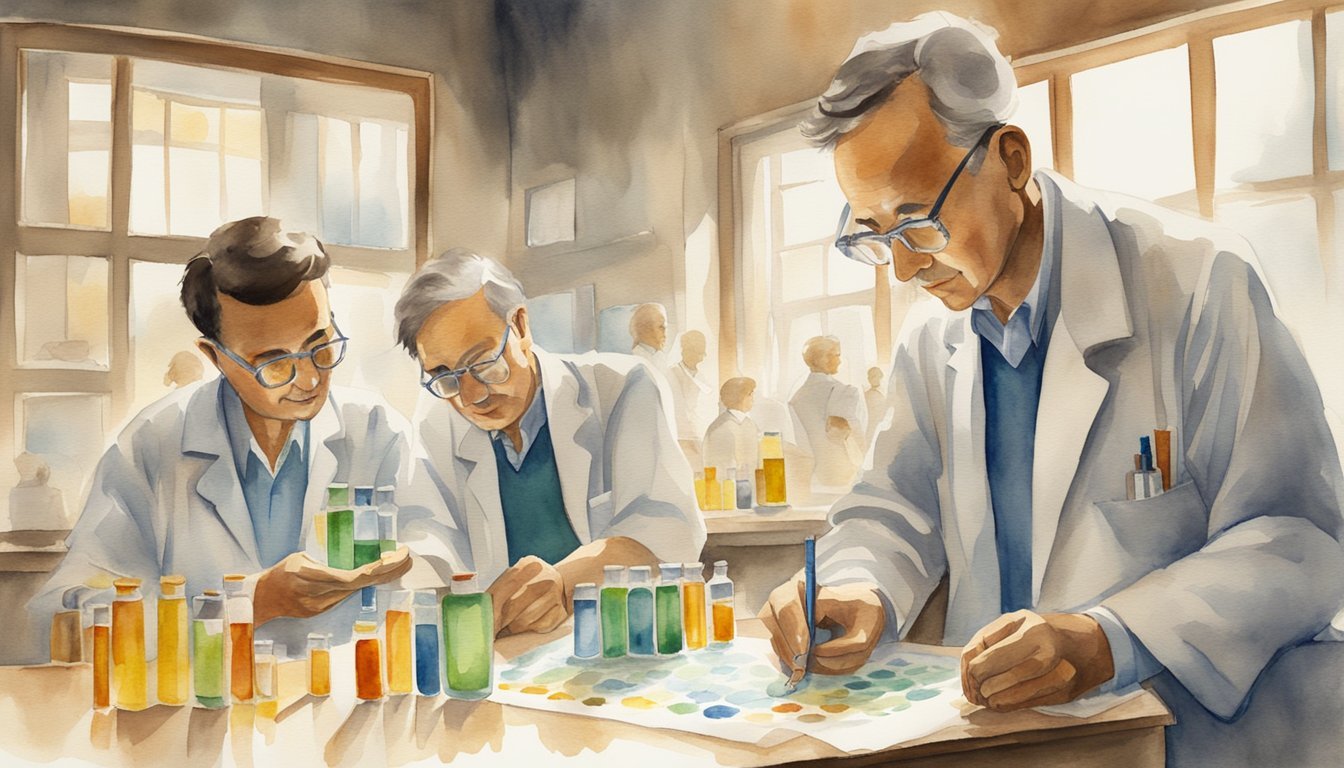Beginnings of Polio Vaccine Development
The path to the polio vaccine was marked by transformative scientific efforts responding to a disease that struck fear across the globe, particularly impacting children.
Early Polio and Its Impact
Polio, short for poliomyelitis, is a disease caused by a virus that can lead to severe paralysis and sometimes death. In the early 20th century, polio epidemics became more frequent and severe, especially in cities like New York. During these times, iron lungs were often used to assist patients with paralyzed respiratory muscles. Notable individuals such as Franklin D. Roosevelt, who was diagnosed with the disease, advocated for progress in managing polio, leading to the creation of the National Foundation for Infantile Paralysis and the March of Dimes, both instrumental in funding polio research and treatment.
Scientific Breakthroughs Leading to Vaccine Trials
Dr. Jonas Salk, a leading researcher in virology, made a pivotal breakthrough in the early 1950s by developing the first effective polio vaccine. In 1952, the U.S. faced its worst polio epidemic, with over 57,000 cases reported. Salk’s vaccine, using a killed virus, aimed to safely immunize individuals against polio. The Salk polio vaccine was first tested in 1952 on children who had recovered from polio and then on thousands of healthy children, including Dr. Salk and his own family. The trials expanded in 1954, becoming one of the largest medical trials in history, and in 1955, it was announced that the Salk vaccine was safe and effective, marking the beginning of a new chapter in medical history and immunization practices.
Advancements and Global Impact

Ever since its development, the polio vaccine has been pivotal in turning the tide against a disease that once caused widespread paralysis and fear. With the contributions of scientists like Dr. Albert Sabin, mass immunization efforts have pushed polio to the brink of eradication.
Mass Immunization and the Sabin Vaccine
Dr. Albert Sabin developed the oral polio vaccine (OPV) in the late 1950s, which was easier to administer than the earlier polio vaccine created by Jonas Salk. Sabin’s vaccine could be taken orally, which facilitated widespread vaccination campaigns. One of the key benefits of the OPV was that it not only protected individuals from the disease but also halted the transmission of the poliovirus. This vaccine led to the initiation of mass immunization campaigns that significantly reduced the incidence of polio worldwide.
A hallmark event demonstrating the vaccine’s efficacy was the Ohio field trial, which showed that the Sabin vaccine produced more enduring antibodies in the bloodstream compared to its precedents. The ease of administering the OPV made it ideal for community-led vaccination drives, even in regions with limited medical infrastructure.
Polio Eradication Efforts and Modern Challenges
The Global Polio Eradication Initiative (GPEI) began in 1988, targeting the complete eradication of polio worldwide. By advocating for the widespread use of the OPV, the initiative has achieved remarkable success, with countries like Pakistan, Afghanistan, and Nigeria showing significant reductions in polio cases.
However, these modern challenges like vaccine-derived poliovirus strains and the difficulties of accessing remote or conflict-ridden areas pose hurdles to the completion of polio eradication. Despite these issues, the global efforts continue, adapting strategies such as synchronized national immunization days and innovative surveillance methods to ensure the disease does not gain ground again. The ongoing endeavors emphasize that while the path to eradication is complex, with persistence and collective action, it is an achievable goal.

